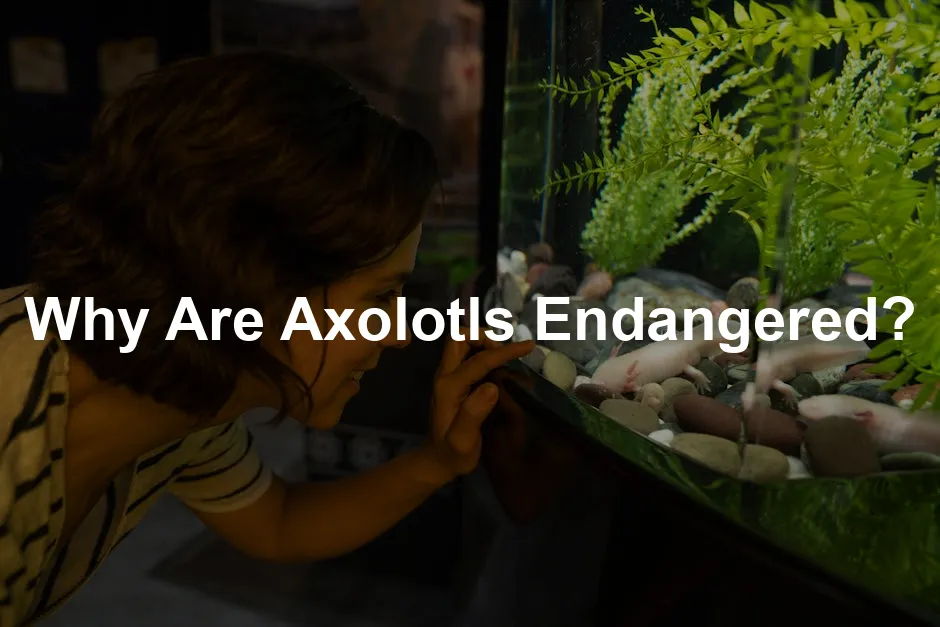
Why Are Axolotls Endangered?
Introduction
The axolotl, often called the Mexican walking fish, is a fascinating amphibian. Known for its feathery gills and ability to regenerate limbs, it holds a unique place in the animal kingdom. Understanding its endangered status is crucial for conservation efforts.
If you’re a fan of these adorable creatures, why not bring a little axolotl joy into your home with an Axolotl Plush Toy? It’s the perfect cuddle buddy for anyone who appreciates this quirky amphibian!
Summary and Overview
Currently, axolotls are critically endangered, primarily found in Lake Xochimilco, Mexico. Historically, they thrived in several lakes across the region, deeply rooted in local culture. However, their population has drastically declined due to habitat loss from urban development and pollution. Invasive species like tilapia and carp further threaten their survival, competing for food and preying on young axolotls.
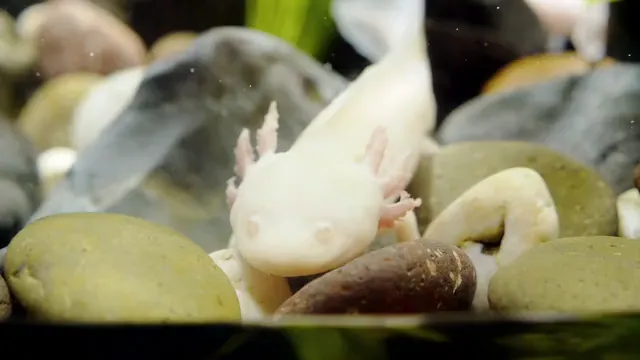
While axolotls are common in captivity, their wild counterparts are dwindling. Estimates suggest that only 50 to 1,000 mature individuals remain in their natural habitat. Conservation efforts are essential to protect this species, ensuring its survival in the wild. Understanding why axolotls are endangered is key to these efforts.
Understanding the reasons behind their endangered status is essential for effective conservation. why are axolotls endangered
The Unique Biology of Axolotls
Neoteny and Regeneration
Axolotls exhibit a fascinating trait known as neoteny. This means they retain juvenile characteristics throughout their lives. Unlike most amphibians, axolotls don’t undergo metamorphosis. Instead, they stay aquatic, keeping their feathery gills and tail. This unique adaptation allows them to thrive in their native habitat.
One of the most remarkable features of axolotls is their ability to regenerate body parts. They can regrow limbs, tails, and even parts of their heart and brain. Research shows that they can regenerate a limb five times within a few weeks. This incredible capacity for regeneration has made them a focal point in scientific studies, particularly in regenerative medicine. Scientists hope to unlock the secrets behind their healing abilities to apply these lessons to human health.
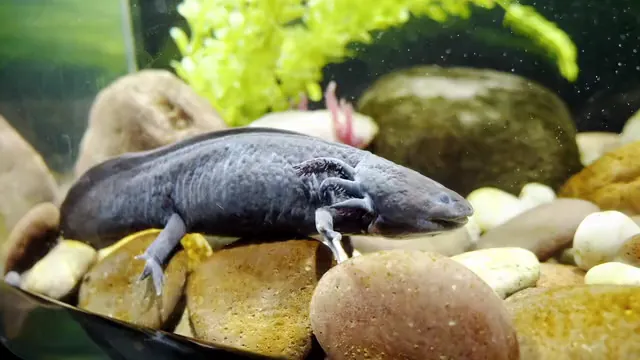
The implications of their regeneration extend beyond curiosity. Studies suggest these mechanisms may offer insights into cancer resistance and tissue repair. Understanding how axolotls manage this regeneration could revolutionize medical treatments for humans. Their unique biology not only contributes to their endangerment but also highlights their importance in scientific research.
Habitat and Distribution
Original Habitat
Historically, axolotls thrived in several lakes across the Valley of Mexico, particularly Lake Xochimilco and Lake Chalco. These bodies of water formed a rich ecosystem filled with aquatic vegetation. Axolotls depended on these environments for breeding and survival. However, urbanization has dramatically altered their habitat.
Over the years, extensive drainage projects have left Lake Chalco nearly non-existent. Today, Lake Xochimilco exists primarily as a series of canals and remnants of its former self. This significant reduction in habitat has caused severe population declines. The axolotl’s living area has shrunk to just a fraction of its original size, leading to critical habitat loss.

Urban expansion has also led to increased pollution in Lake Xochimilco. Contaminants from sewage and runoff have degraded water quality, further threatening axolotls. Reports indicate that their habitat has diminished by over 90% in the past century. As a result, these unique creatures find themselves confined to a small, polluted area, making their survival increasingly precarious.
To keep axolotls healthy in captivity, it’s essential to provide a proper setup. An Aquarium Starter Kit is a great way to ensure they have the right environment to thrive. It includes everything you need to create a welcoming habitat for your axolotls!
Current Status
The axolotl is classified as critically endangered by the IUCN. Currently, these unique amphibians are mostly found in Lake Xochimilco, Mexico. Historically, they thrived in several lakes and wetlands across the region. However, their population has drastically declined due to habitat destruction and pollution.
Population estimates suggest that only 50 to 1,000 mature axolotls remain in the wild today. This significant reduction highlights the urgent need for conservation efforts. Urban development and water contamination have severely impacted their natural habitat. As a result, the axolotl’s distribution is now limited to a small area, making their survival increasingly difficult.
These factors have led to a critical classification, emphasizing the importance of protecting what remains of their habitat. Without immediate action, this fascinating species could face extinction in the near future. Understanding their current status is crucial for effective conservation strategies.
Major Threats to Axolotls
Human Development
Urbanization has had a profound impact on axolotl habitats. The rapid growth of Mexico City has led to the drainage of lakes and wetlands, significantly reducing available space for these creatures. Lake Chalco, once a thriving habitat, has nearly vanished, leaving only Lake Xochimilco as a refuge.

Construction projects have further encroached upon their environment. This has resulted in habitat destruction and fragmentation. Additionally, pollution from urban runoff has degraded water quality, making it increasingly difficult for axolotls to survive.
The introduction of invasive species has compounded these problems. Non-native fish like tilapia and carp prey on axolotls and compete for resources. As urban sprawl continues, the delicate balance of this ecosystem is at risk. Protecting axolotl habitats from further degradation is essential for their survival.
Pollution
Pollution poses a significant threat to axolotl populations. Water quality issues, particularly high ammonia levels and heavy metals, severely impact their health. These contaminants come from various sources, including sewage and industrial waste. In Lake Xochimilco, where axolotls reside, pollution levels have escalated due to urban runoff and inadequate waste management.
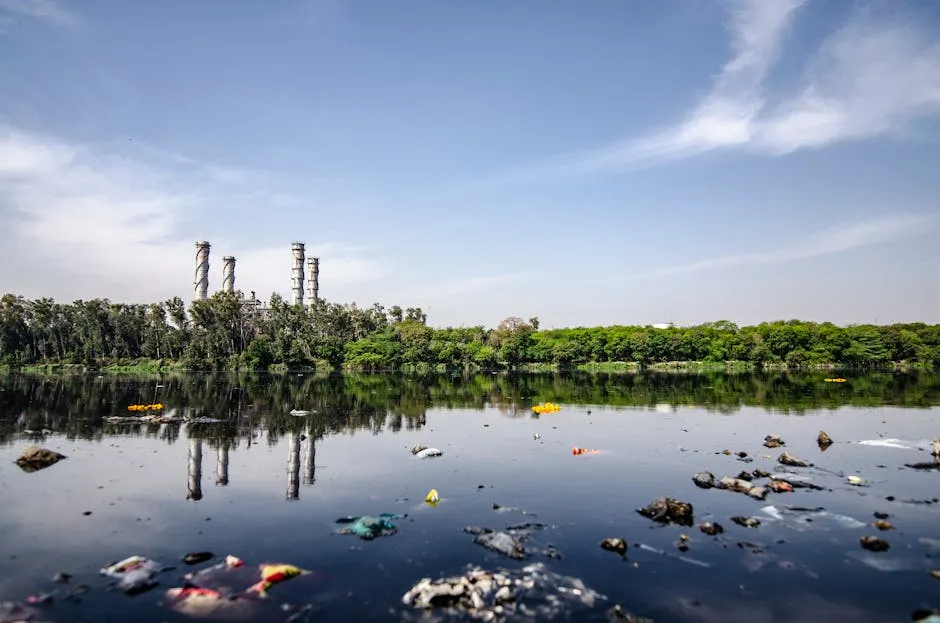
Reports indicate that pollution in Xochimilco has reached alarming levels, with ammonia concentrations exceeding safe limits for aquatic life. This environmental contamination not only leads to poor water quality but also disrupts the delicate ecosystem that axolotls depend on for survival. As a result, these unique creatures face increased stress and vulnerability, pushing them closer to extinction.
Invasive Species
Invasive species significantly threaten axolotl populations by disrupting their natural habitats. Non-native fish, such as carp and tilapia, were introduced into Xochimilco’s waters. These species compete for food and prey on axolotl eggs and young, drastically reducing their numbers.
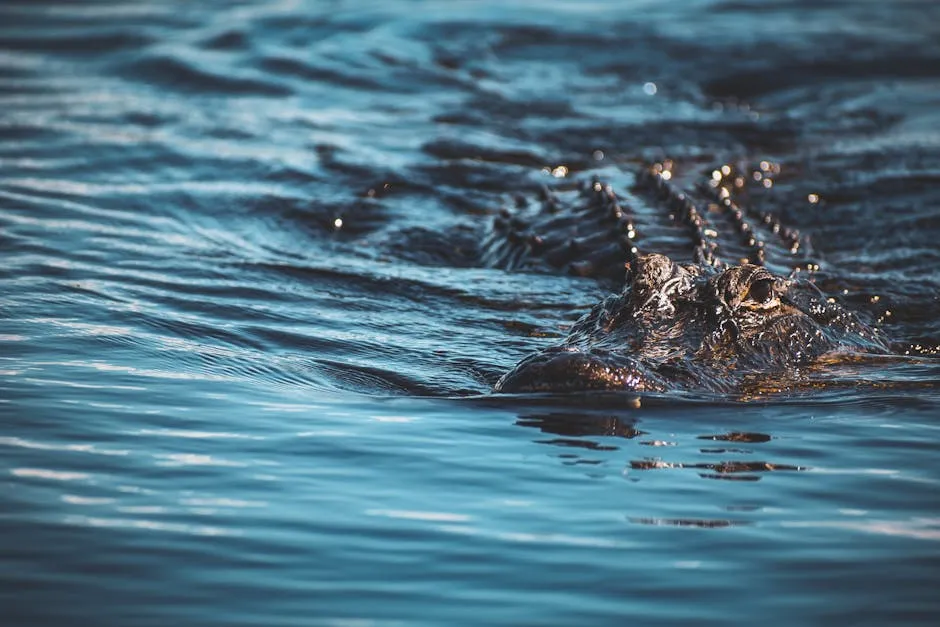
Estimates suggest that invasive species outnumber axolotls by a staggering margin. While only 50 to 1,000 mature axolotls remain in the wild, the invasive fish populations have proliferated, making survival increasingly difficult for these unique salamanders. The ecological impact is profound. The introduction of these predators has altered the food web, threatening the axolotl’s very existence. Addressing this issue is critical for conserving this remarkable species.
To monitor water quality in your axolotl’s habitat, consider using a Water Quality Test Kit for Aquariums. Keeping track of the water conditions is essential for ensuring their health!
How Individuals Can Help
You can make a difference in axolotl conservation with simple actions. First, spread the word about their plight. Share information on social media or discuss it with friends. Awareness is crucial for conservation efforts.
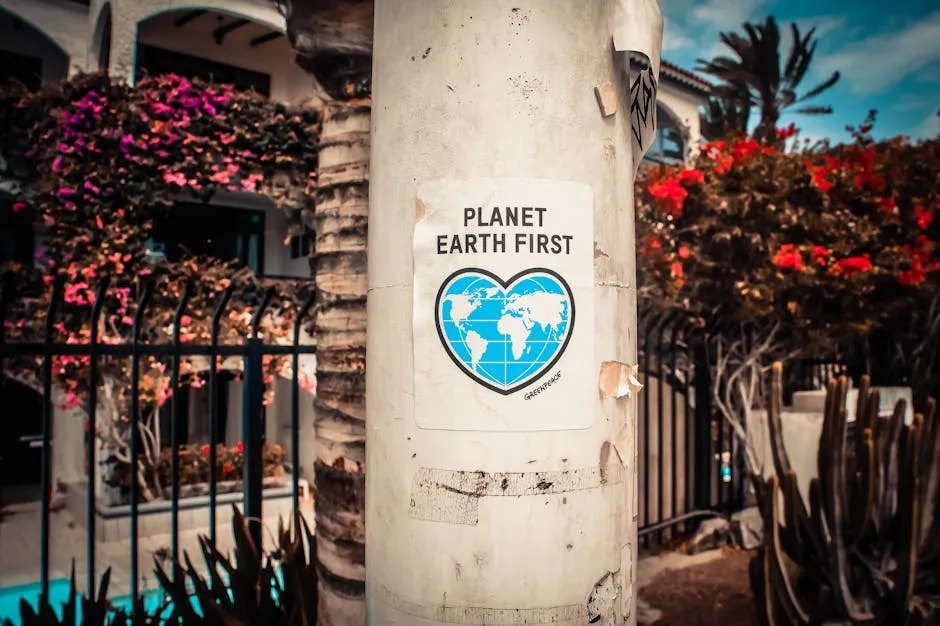
Support organizations dedicated to axolotl protection. Donations, no matter how small, can have a significant impact. For example, just $10 can help fund habitat restoration projects. Volunteering your time with local conservation groups can also be beneficial.
Engaging in community conservation efforts amplifies your impact. Every little bit counts, and together, we can contribute to saving this unique species. Your actions can inspire others to join the cause.
And while you’re at it, why not dive deeper into the care of axolotls with a comprehensive Axolotl Care Guide Book? Knowledge is power when it comes to keeping these little guys happy and healthy!
Conclusion
Understanding the axolotl’s endangered status is vital for its survival. This unique species represents a crucial part of biodiversity. We must reinforce conservation efforts to protect their remaining habitats.
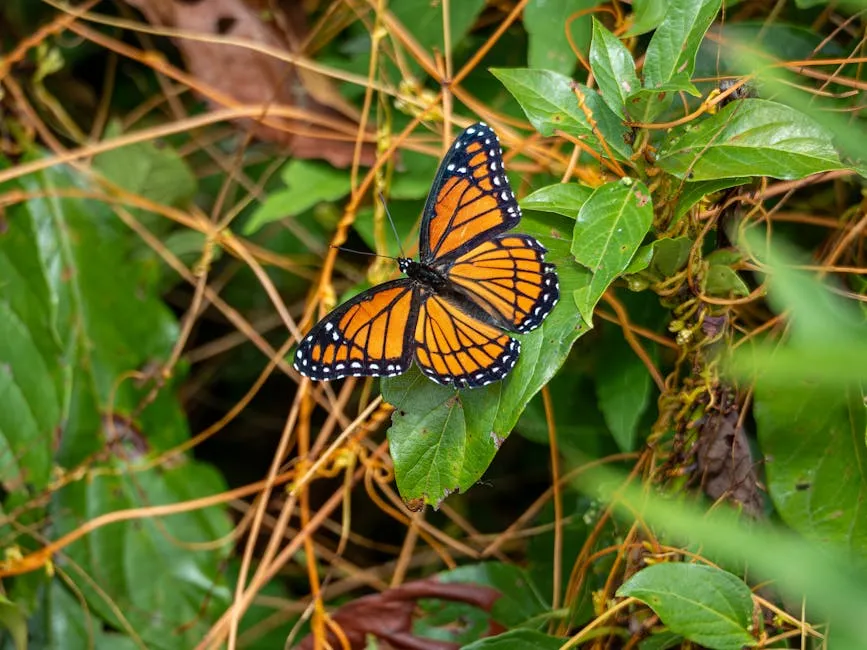
By raising awareness and taking action, we can make a difference. Let’s work together to safeguard the axolotl’s future. Every action counts, so join the fight for their survival today!
And if you’re looking to spruce up your living space with some axolotl art, check out this Axolotl Art Print. It’s sure to be a conversation starter!
Please let us know what you think about our content by leaving a comment down below!
Thank you for reading till here 🙂
All images from Pexels




